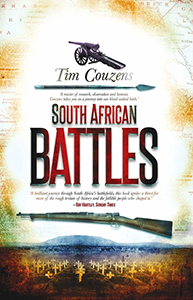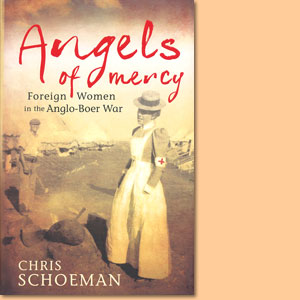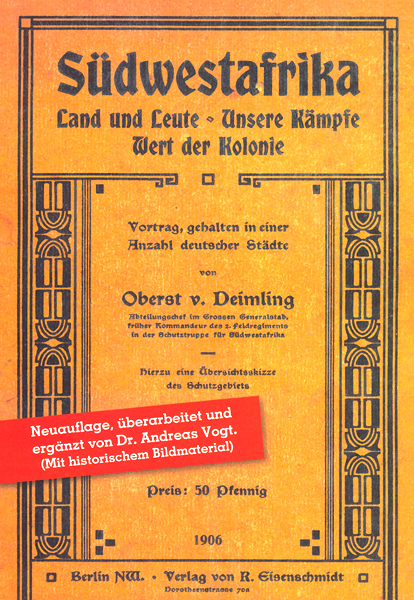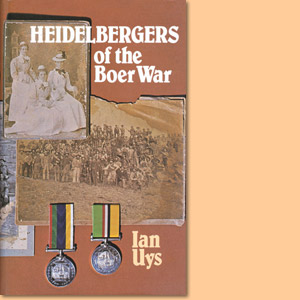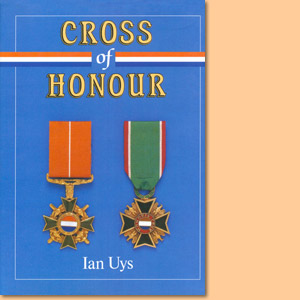South African Battles, by Tim Couzens
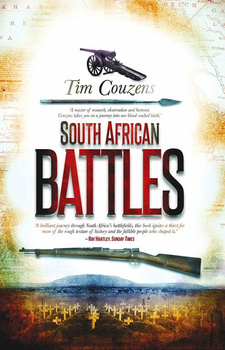
South African Battles, by Tim Couzens. Jonathan Ball Publishers. 2nd edition. Johannesburg, South Africa 2013. ISBN 9781868425716 / ISBN 978-1-86842-571-6
South African Battles describes 36 battles spread over five centuries. These are not the well-trodden battlefields of standard histories, but generally lesser-known ones. Some were of critical importance, while some were infinitely curious.
Muizenberg
In February 1793 war broke out in Europe between France on the one hand and Britain and Holland on the other. France's first invasion of Holland was easily repulsed but a second in 1794 under General Dumouriez was entirely successful. It was helped by revolutionary fervour and republican sentiment in Holland, from which emerged a republican party (opposed to the royalists) called the Patriots. In January 1795 the Dutch government sued to Dumouriez for peace and the Prince of Orange fled to England. With the outbreak of war the distant outpost of the Cape of Good Hope took on a critical strategic importance. For Britain its significance was that it overlooked the crucial sea route to India, which her base at St Helena did not sufficiently cover. For the French, Mauritius and her Indian Ocean interests were seriously threatened by instability in the Cape. The fall of Holland in 1795 simply increased anxieties, and intervention in one form or another became inevitable. At the Cape itself, the head of government, Commissioner-General Abraham Josias Sluysken, was faced with an extremely difficult situation. The Dutch Kast India Company was already in turmoil, not helped by the war. The Colony; no longer backed by gold and silver coinage but reliant on paper money secured only by the Company's flimsy promises, was in an economic crisis. In the interior, the burghers were stirred by radical ideas such as the rights of man that came out of the American War of Independence and out of France before and after 1789. There was considerable discontent, too, about the Company's control of trade and the heavy taxes that prevailed. On the frontier the burghers complained of the constant harassment by Bushmen; they were incensed that the local landdrost in Graaff-Reinet did not take seriously enough, nor reveal to government in Cape Town, the extent of the occupation by the Xhosa in the Zuurveld and the immediate clanger to their welfare. Failure to move quickly enough to redress these grievances led to the overthrow of Company rule by the town of Graaff-Reinet (starting in February), followed by Swellendam (in June). Loyalties in Cape Town and Stellenbosch were also divided: some favoured the royalist Orange Party, others the republican Patriots. The remoteness of the Colony meant that in mid-1795 Sluysken was largely in the dark as to what was happening in Europe. In April 1795 the Dutch frigate Medenblik brought news that the French advances were considerable and serious, but it had left Holland before the collapse of the monarchy and the enthusiastic alliance of Holland's republic with France. For all Sluysken knew, France was still an enemy and Britain an ally: his duty was still to the Company and to the States-General. While the threat of a foreign invasion was a distinct probability, Sluysken could not he sure whether he would welcome his compatriots or whether he would need to brush up his English or his French. Prudently, he looked to his defences, both in mortar and in men. When Van Riebeeck landed at the Cape he had immediately set about building a fort with earth walls initially seven foot (over 1 metres) high. This was certainly adequate to deter attacks by the local inhabitants even before the walls were heightened. But the fort was certainly no deterrent to any invading European force, especially when rain kept dissolving the mud walls, so, when war once more threatened in 1665, a new site was chosen a couple of hundred metres from the original fort. The new pentagonal stone castle, with walls at least 32 feet (10 metres) high, took 13 years to complete. One hundred cannon prickled its ramparts like a porcupine. [...]
This is an excerpt from the book: South African Battles, by Tim Couzens.
Title: South African Battles
Author: Tim Couzens
Genre: Military History
Publisher: Jonathan Ball Publishers
2nd edition. Johannesburg, South Africa 2013
ISBN 9781868425716 / ISBN 978-1-86842-571-6
Softcover, 16 x 23 cm, 415 pages, numerous illustrations and photographs
Couzens, Tim im Namibiana-Buchangebot
South African Battles
South African Battles describes 36 military conflicts of South Africa's long history as well as the battle sites.
Weitere Buchempfehlungen
Angels of Mercy: Foreign Women in the Anglo-Boer War
Angels of Mercy tells true stories of compassion and courage of altruistic foreign women in the Anglo-Boer War.
Südwestafrika. Land und Leute - Unsere Kämpfe - Wert der Kolonie
Südwestafrika. Land und Leute - Unsere Kämpfe - Wert der Kolonie war ein landes- und militärkundlicher Vortrag, den Berthold von Deimling 1906 in einigen deutschen Städten vortrug.
Heidelbergers of the Boer War
Heidelbergers of the Boer War is the remarkable story of the people of the South African town Heidelberg.
Cross of Honour
The Cross of Honour is South Africa's premier decoration awarded to members of the SA Defence Force between 1952 and 2003.
Taken captive by birds
Taken Captive by Birds is a collection of Marguerite Poland’s discovery of birds in young years and the role they have played in her life.

